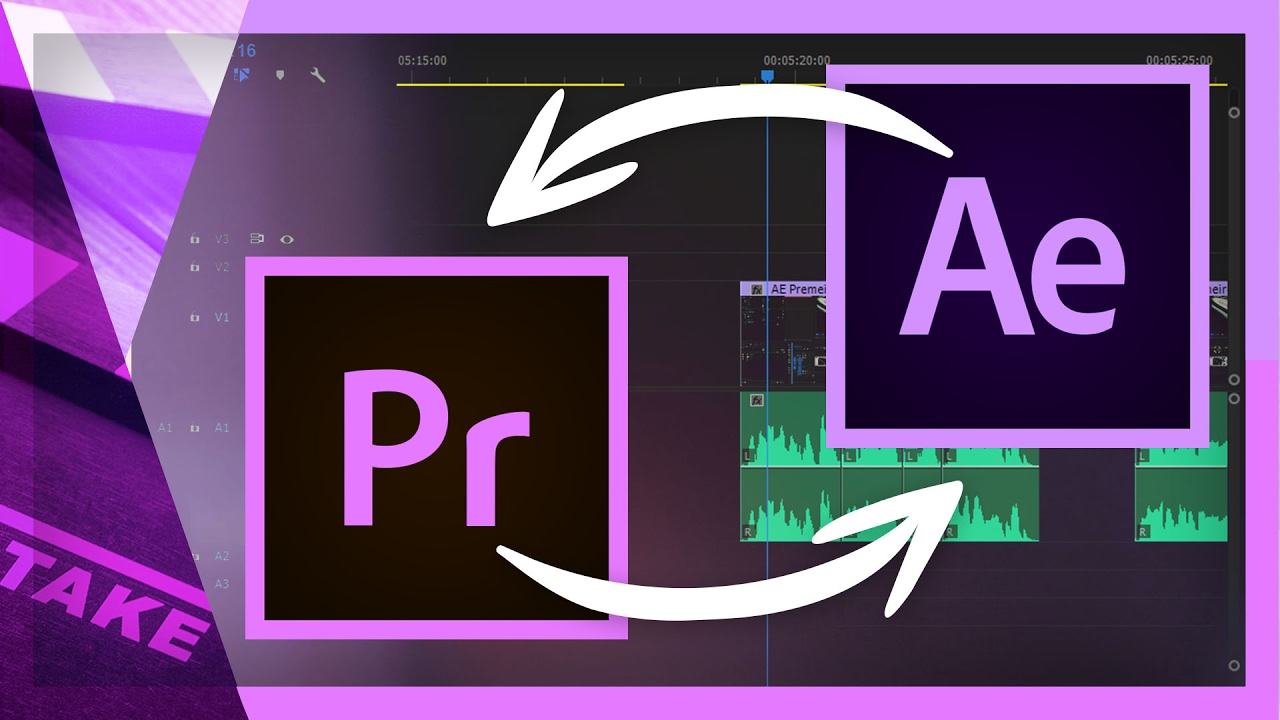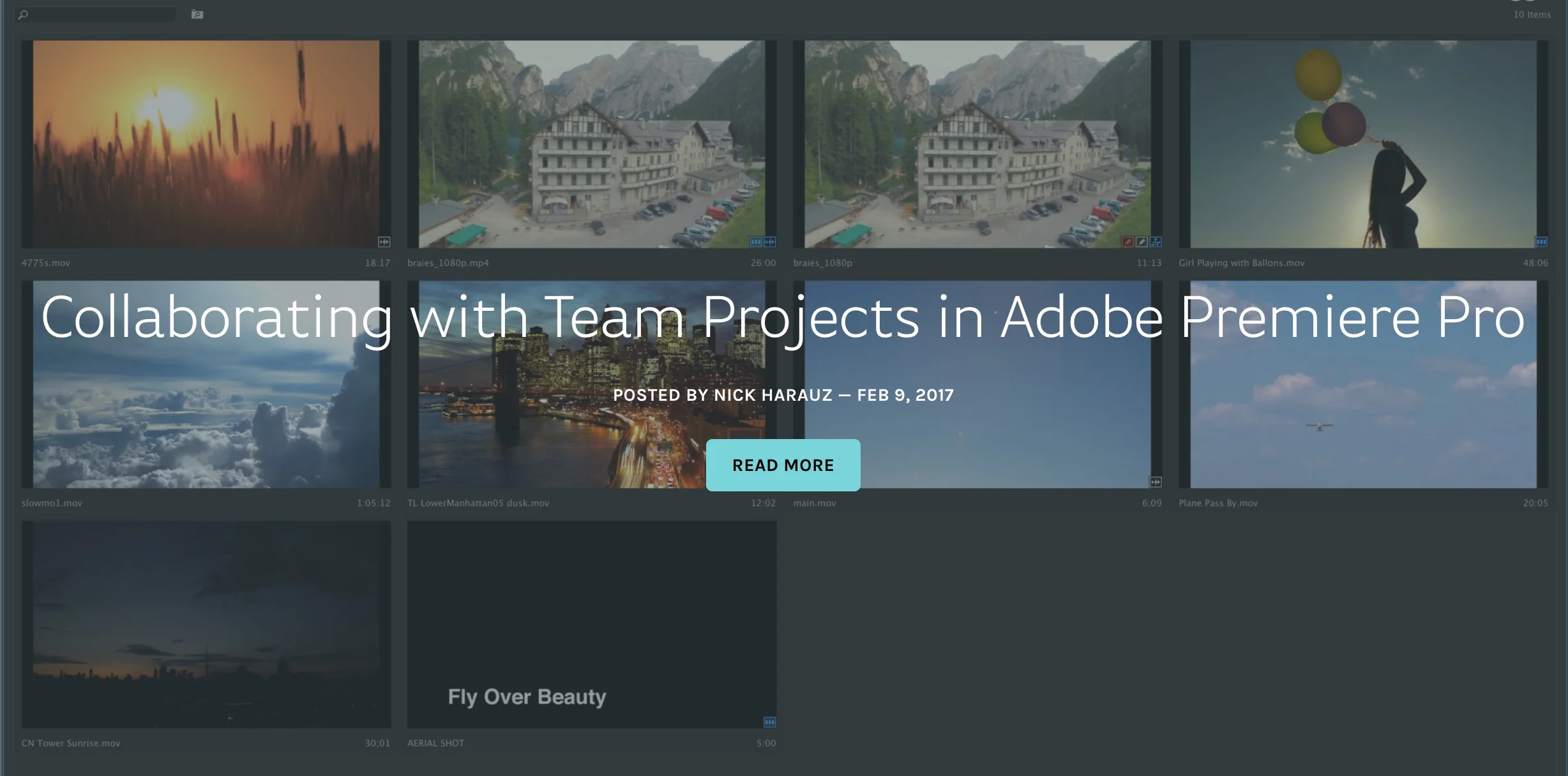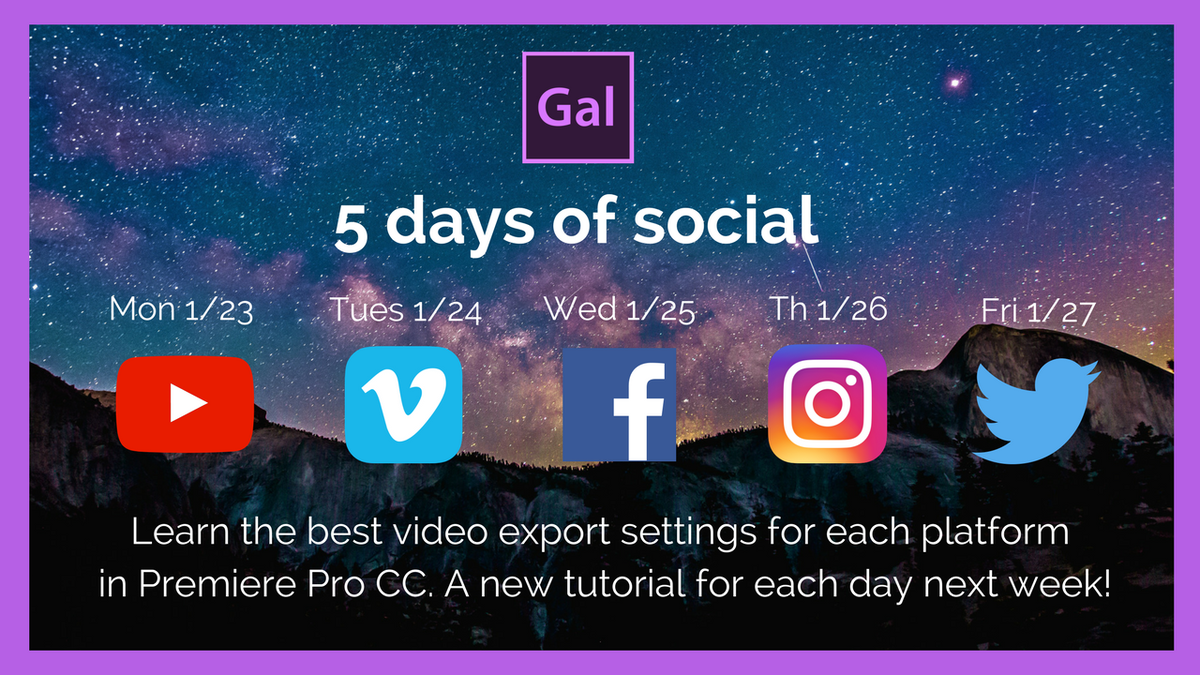Here's a quick tutorial on how to create Instagram Stories in Adobe Premiere Pro! As you may have seen it on my Instagram channel I often use videos I recorded with the Sony or the Mavic in my story so I put together how I create them in Premiere Pro, how to render the video and also how I send it to my phone in best quality. —Christian Maté Grab
Make your Instagram Stories more cinematic by sharing video edited and color graded in Premiere Pro. In this tutorial, Christian Maté Grab shares his method for creating Instagram Stories in Premiere Pro. He opens up his Sequence Settings at 0:33 to show you his vertical video dimensions for his stories. (Yes, vertical. It's a legit format now. Get over it.) He edits his Instagram stories in a 9:16 sequence that's 900x1600 pixels. As a bonus, Christian does some quick color grading in the Lumetri Color panel at 1:20.
At 1:58 Christian reveals his settings for exporting video to Instagram. Pause the video to read his settings as he scrolls through them. One key thing to point out is Christian uses a 15 Mbps bitrate and encodes his videos at Maximum Depth and Maximum Render quality.
Lastly, at 2:35 Christian shows how he uses Apple's Air Drop to transfer the video from his Mac to his iPhone to post to Instagram Stories.












